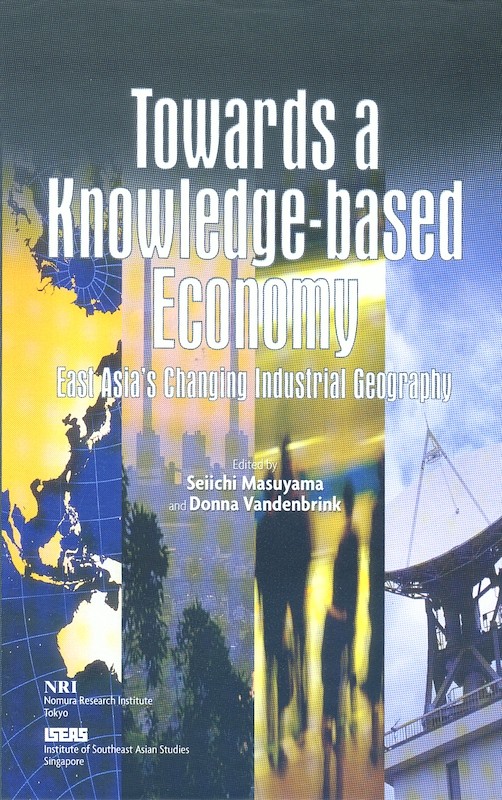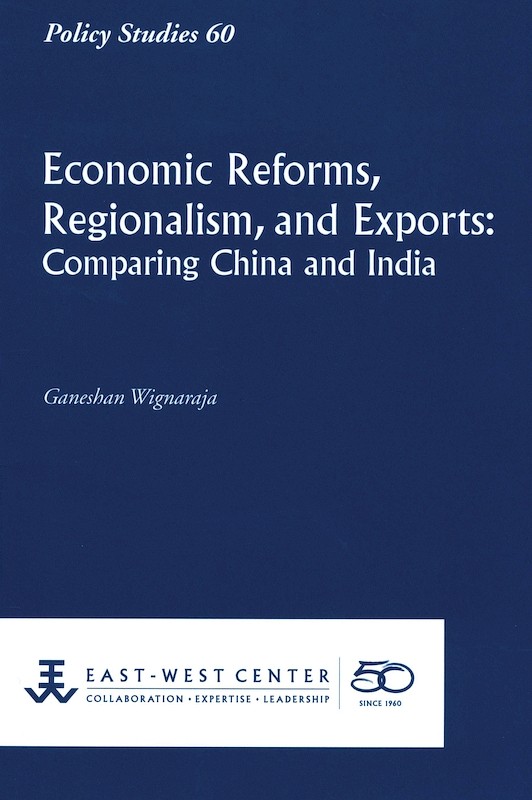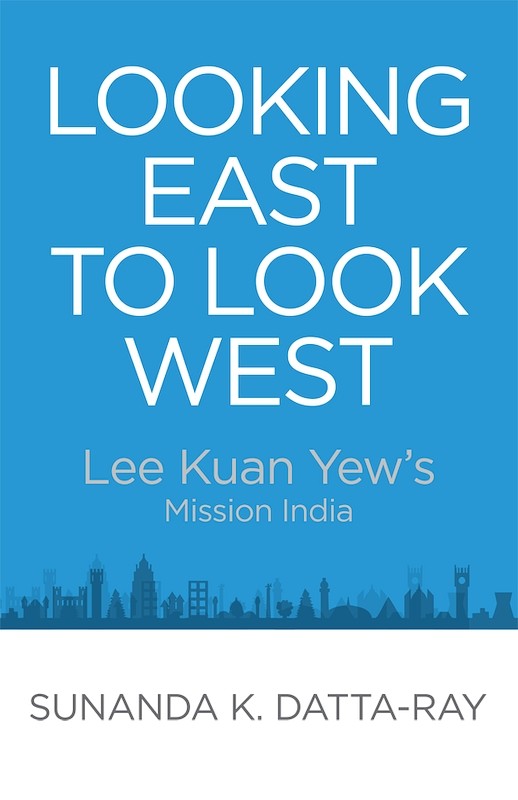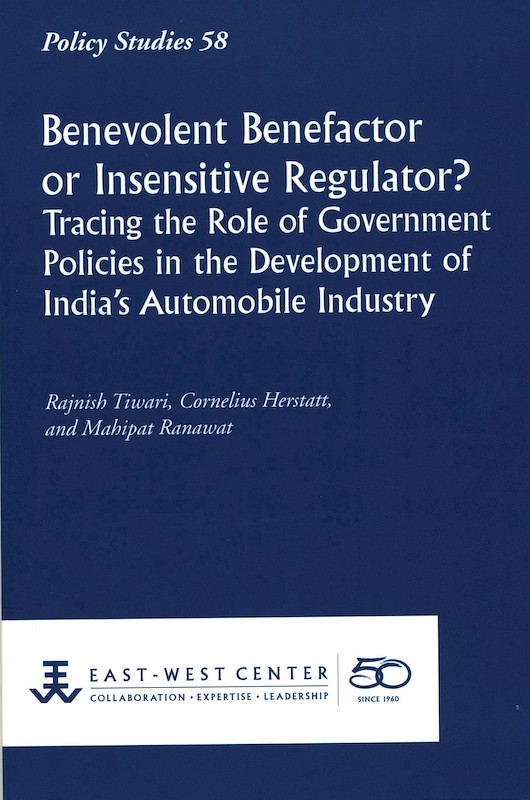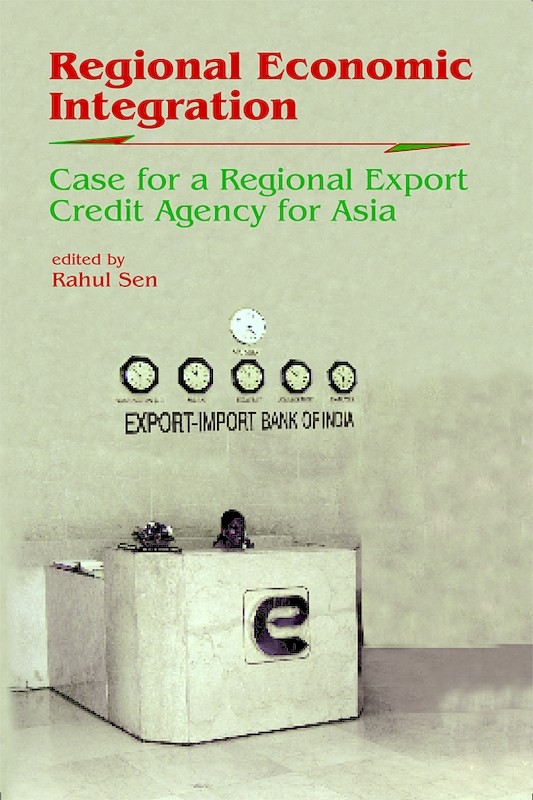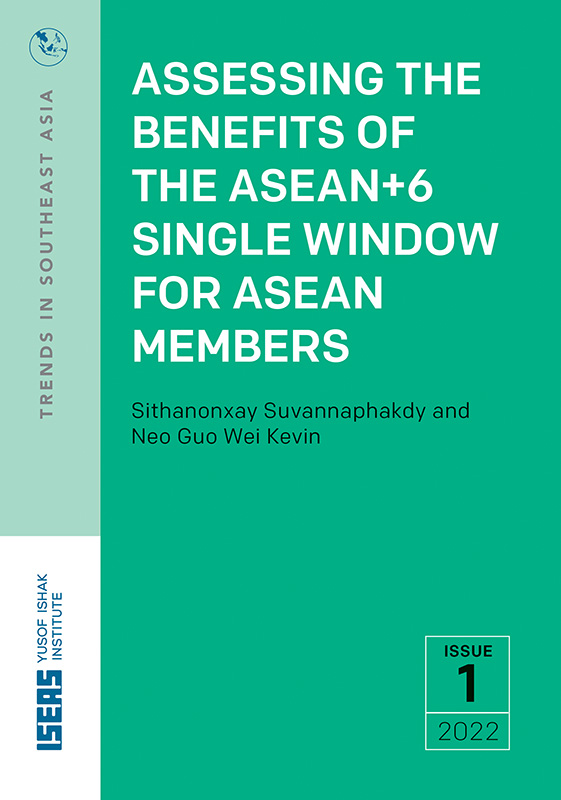Trade Reforms in India Ten Years on: How Has It Fared Compared to Its East Asian Neighbours?

Date of publication:
2002
Publisher:
Institute of Southeast Asian Studies
Number of pages:
47
Code:
VRS1/2
About the publication
This paper concentrates on the impact of India's market-oriented economic reforms initiated in the 1990s on its international trade linkages with the rest of the world. The paper briefly summarizes recent trade reforms in India and documents the extent to which the country has integrated with the global trading system. It then goes on to analyse shifts in Indias merchandise export patterns over the past two decades and compares it to that of East Asia which has long been characterized as having followed a flying geese pattern (FGP) of production and trade. However, as part of India's newfound global orientation, trade in services has taken on a key role, constituting over a quarter of Indias total exports in 1999/2000. Within the services sector, the information and communications technologies (ICT) sector is of particular relevance. This sector is seen as a means of leapfrogging the stages of trade and development that is characteristic of the FGP pattern. The paper, therefore, discusses the role of the ICT sector in India which has been the bulwark of the country's export growth, and provides a summary on the role of foreign direct investment (FDI) which is often viewed as an integral part of a successful outward-oriented growth strategy.
Contents
-
Trade Reforms in India Ten Years on: How Has It Fared Compared to Its East Asian Neighbours?
[Whole Publication]

